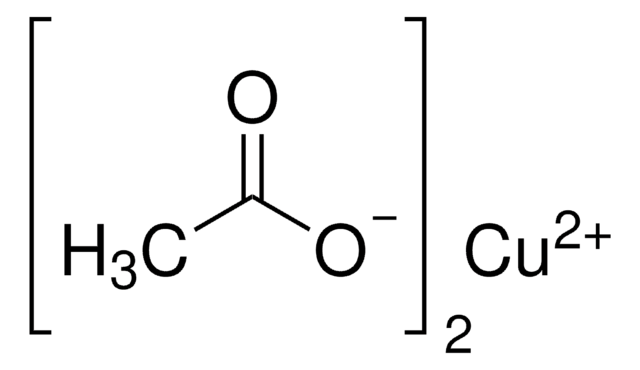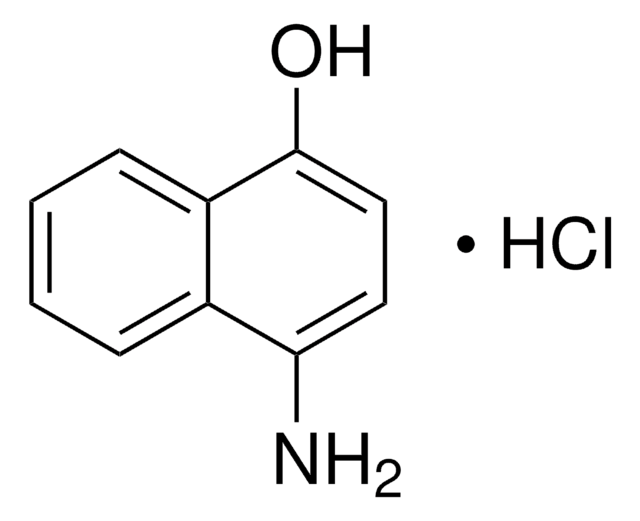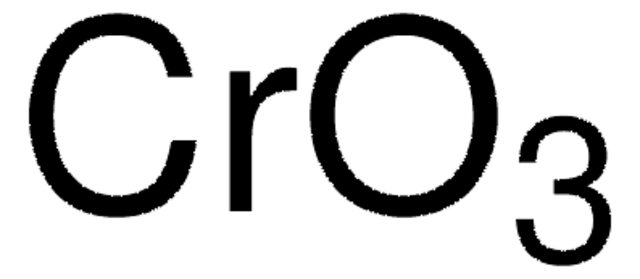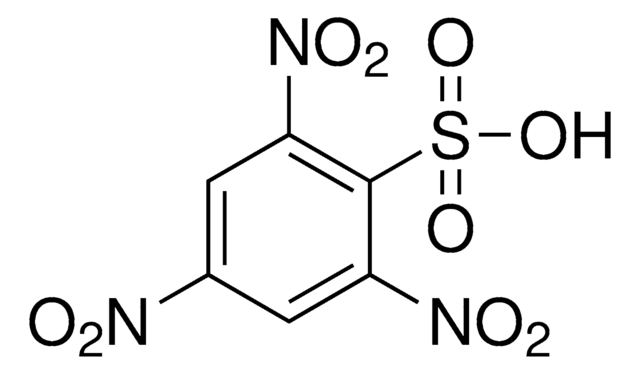185191
Lead(IV) acetate
reagent grade, 95%
Synonyme(s) :
Lead tetraacetate, Pb(acac)4
About This Item
Produits recommandés
Qualité
reagent grade
Essai
95%
Forme
crystalline powder
powder, crystals or chunks
Pertinence de la réaction
reagent type: catalyst
core: lead
Température de stockage
2-8°C
Chaîne SMILES
CC(=O)O[Pb](OC(C)=O)(OC(C)=O)OC(C)=O
InChI
1S/4C2H4O2.Pb/c4*1-2(3)4;/h4*1H3,(H,3,4);/q;;;;+4/p-4
Clé InChI
JEHCHYAKAXDFKV-UHFFFAOYSA-J
Vous recherchez des produits similaires ? Visite Guide de comparaison des produits
Description générale
Application
- unsaturated and aromatic hydrocarbons
- monohydroxylic and saturated alcohols
- nitrogen-containing compounds
- Aromatic primary amines to symmetrical azo compounds.
- Aliphatic primary amines to alkyl cyanides.
- Primary amides to carbamates.
- Hydrazones to azoacetates.
- 2-(Trimethylsiloxy) furans to α,β-unsaturated γ-acetoxy-γ-lactones.
- Aryl ethyl ketones to alkyl 2-arylpropanoates.
- Acetophenones to methyl aryl acetates.
Mention d'avertissement
Danger
Mentions de danger
Conseils de prudence
Classification des risques
Acute Tox. 4 Inhalation - Acute Tox. 4 Oral - Aquatic Acute 1 - Aquatic Chronic 1 - Repr. 1A - STOT RE 2
Code de la classe de stockage
6.1C - Combustible acute toxic Cat.3 / toxic compounds or compounds which causing chronic effects
Classe de danger pour l'eau (WGK)
WGK 3
Point d'éclair (°F)
Not applicable
Point d'éclair (°C)
Not applicable
Listes réglementaires
Les listes réglementaires sont principalement fournies pour les produits chimiques. Seules des informations limitées peuvent être fournies ici pour les produits non chimiques. L'absence d'indication signifie qu'aucun des composants n'est répertorié. Il incombe à l'utilisateur de s'assurer de l'utilisation sûre et légale du produit.
EU REACH Annex XVII (Restriction List)
Faites votre choix parmi les versions les plus récentes :
Déjà en possession de ce produit ?
Retrouvez la documentation relative aux produits que vous avez récemment achetés dans la Bibliothèque de documents.
Notre équipe de scientifiques dispose d'une expérience dans tous les secteurs de la recherche, notamment en sciences de la vie, science des matériaux, synthèse chimique, chromatographie, analyse et dans de nombreux autres domaines..
Contacter notre Service technique










